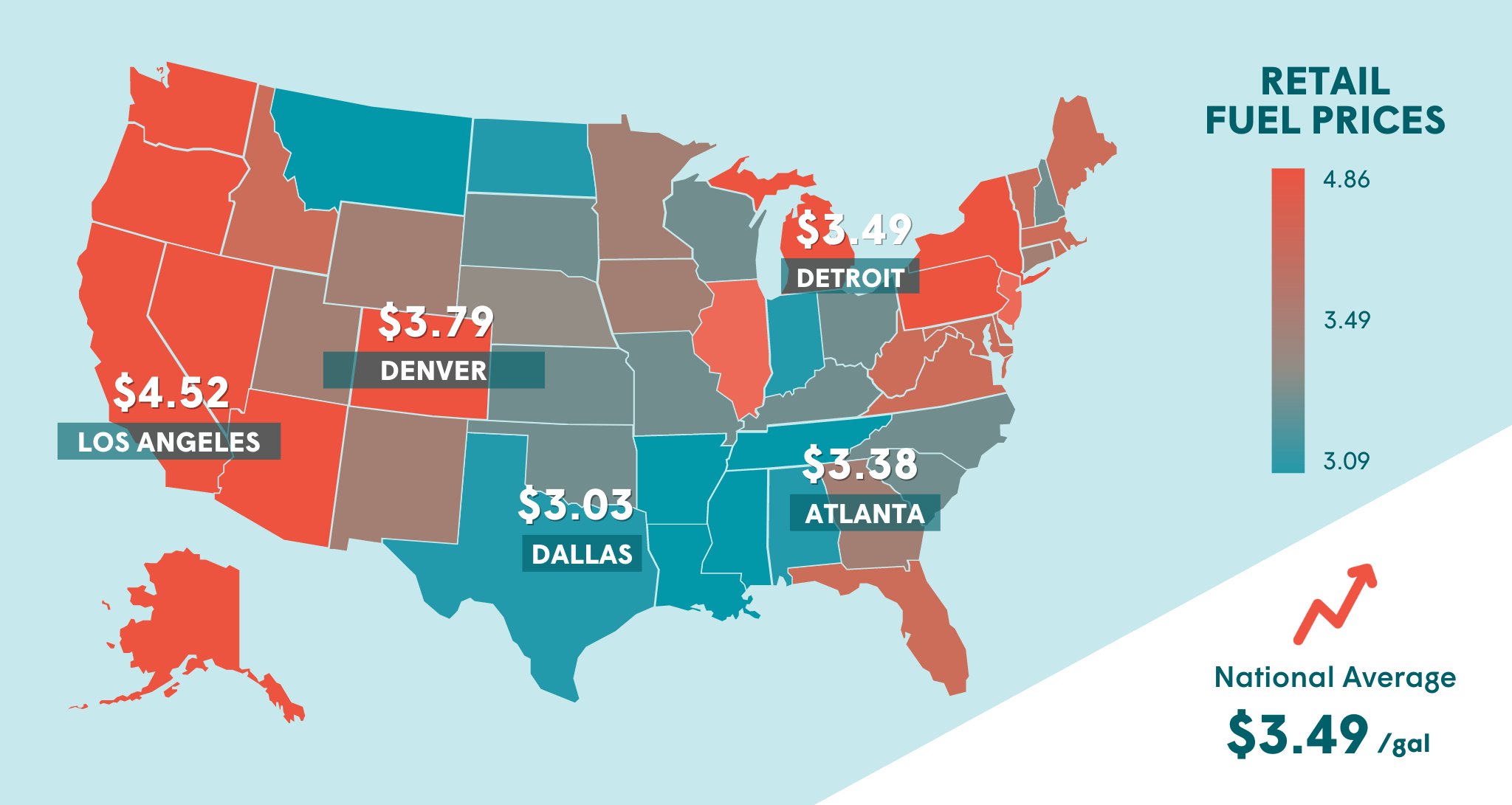Browsing the Oil Cost Rollercoaster: Techniques for Fuel Oil Customers
Browsing the Oil Cost Rollercoaster: Approaches for Gas Oil Individuals offers a comprehensive overview for people and services looking for to handle the ever-changing landscape of oil prices. With the unpredictable nature of the international oil market, fuel oil users have to establish effective approaches to alleviate dangers and optimize their power costs. This overview uses insights right into understanding oil rate changes, exploring hedging alternatives, optimizing fuel performance, and branching out power sources. It reviews long-term approaches for achieving security in oil prices. By embracing these strategies, fuel oil customers can enhance their capacity to make informed decisions, adjust to market conditions, and successfully handle their fuel expenses. This specialist overview functions as an useful source for anybody looking for to browse the complexities of the oil cost rollercoaster.
Understanding Oil Cost Changes
Comprehending the variables behind oil price variations is essential for fuel oil users to make educated choices. Oil prices are affected by a wide variety of elements, including supply and demand dynamics, geopolitical tensions, economic development, and market speculation. By gaining a deeper understanding of these variables, gas oil customers can much better react and expect to price changes, ultimately taking full advantage of and reducing costs efficiency.
Supply and demand characteristics play a considerable role in oil rate changes. When supply exceeds need, oil prices often tend to decrease, while when need outstrips supply, rates increase.
Moreover, financial development and market speculation can affect oil rates. cod oil prices long island. Throughout durations of robust economic growth, oil need often tends to enhance, pressing rates higher.
Hedging Options for Fuel Oil Users

Making Best Use Of Gas Effectiveness
To maximize gas effectiveness, fuel oil users can implement approaches that concentrate on making best use of the gas mileage per gallon. Using alternative gas resources like biodiesel or natural gas can be explored as they often supply far better mileage per gallon compared to typical fuel oil. By executing these strategies, gas oil customers can minimize their gas usage and optimize their total gas efficiency.
Diversifying Your Power Sources
One effective means to alleviate the impact of rising and fall oil costs is by diversifying power sources. Counting exclusively on fuel oil can leave people and services vulnerable to rate volatility and supply disruptions. By expanding energy resources, users can lower their reliance on oil and possibly lower their general energy expenses.
There are several options to sustain oil that can be thought about for diversity purposes. Renewable resource resources, such as solar and wind power, have actually become accessible and progressively preferred over the last few years. These resources supply a lasting and clean energy option that can help decrease greenhouse gas exhausts and dependancy on nonrenewable fuel sources.
One more alternative to consider is natural gas. Gas is a cleaner-burning gas contrasted to oil and can offer an economical choice. It is widely offered and can be utilized for home heating, electricity generation, and transportation.
Furthermore, checking out power performance measures can help in reducing general power intake and dependence on any kind of solitary power resource - fuel oil prices long island. This can include implementing energy-efficient technologies, enhancing processes, and enhancing insulation
Branching out power sources not only supplies a barrier versus oil cost changes however likewise adds to a much more sustainable and resilient power system. It can supply financial advantages, minimize ecological effect, and guarantee a reputable and steady energy supply.
Long-Term Strategies for Oil Rate Security
A crucial consideration for fuel oil users is creating lasting methods to guarantee stability in oil rates. While oil costs are notoriously volatile, there are numerous techniques that can assist mitigate the influence of cost changes and provide even more stability for fuel oil customers.
One lasting technique is to participate in hedging contracts. Hedging involves getting check out here in right into an economic contract, such as a futures agreement, that permits gas oil customers to secure in a certain price for future purchases. By hedging, customers can secure themselves against possible cost rises and make sure a stable supply of gas oil at an established price.

Additionally, diversifying the energy sources used can help to stabilize oil prices. By incorporating renewable resource sources, such as solar or wind power, fuel oil users can reduce their dependence on oil and develop an extra well balanced power profile. This not only offers price stability but also adds to ecological sustainability.
Final Thought
In final thought, fuel oil users can navigate the oil rate rollercoaster by recognizing oil rate changes, using hedging options, see page making the most of fuel performance, and expanding energy sources. By implementing lasting methods for oil cost stability, customers best site can alleviate the effect of price volatility and make certain a much more lasting and stable power usage.
Navigating the Oil Rate Rollercoaster: Methods for Fuel Oil Customers supplies an extensive overview for organizations and individuals looking for to handle the ever-changing landscape of oil prices.Recognizing the elements behind oil rate changes is important for gas oil users to make enlightened decisions. Gas oil users can use different hedging alternatives to reduce the threats connected with oil rate changes. On the whole, fuel oil customers ought to meticulously assess their threat tolerance and monetary purposes when selecting hedging alternatives to properly handle oil rate fluctuations.
By minimizing power consumption and boosting effectiveness, gas oil customers can reduce their overall demand for oil, hence decreasing their exposure to rate fluctuations.